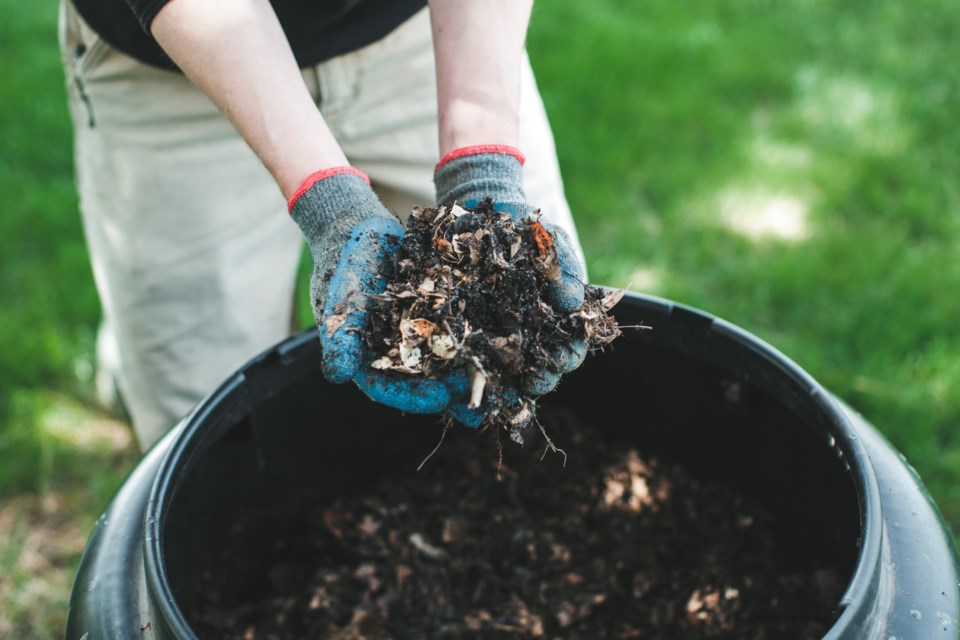The first week in May is always designated as International Compost Awareness Week, which means now is a great time to consider adding composting to your household’s daily routine.
Composting is the process of breaking down food and yard waste into a useful additive to soil, and it’s one of the most effective ways to decrease the amount fo garbage a household is sending to a landfill.
It can also help reduce the production of methane gas that materials emit when decomposing, as it allows waste to decompose in an oxygen-rich environment.
Finished compost can be used in a number of places to help boost nutrients and build healthy soil, including in garden plots, raked over the lawn, or even for indoor house plants as a natural fertilizer.
For those who may be interested in starting up their own compost project, resources provided by the City of Moose Jaw and the Saskatchewan Waste Reduction Council offer easy tips to understand the ins and outs of composting and how to begin the process.
For starters, there are several types of composting styles that may appeal to different types of households. Compost is more efficient if contained rather than left in an open pile, agree experts, but both methods will eventually provide the same end product.
Options like an open or enclosed bin in the backyard are most popular, but there are styles that work for indoor composters as well — like a vermicompost set-up, which uses worms to help break down food scraps, or bokashi buckets.
Trench composting is also an easy, low-effort way to put waste directly into a garden space for composting.
Enclosed outdoor compost bins called Earth Machines are available to citizens of Moose Jaw from the engineering department, for a fee of $25, and are an easy way to start a compost set-up.
Once you’ve chosen a method, the next step is setting up your bin in the ideal location. Compost decays more quickly when placed somewhere with regular sunlight, and many choose a place convenient to their garden for moving the finished compost.
Taking care of a compost pile is also pretty easy, say experts. The number one rule to remember is to always keep a balanced ratio of “browns” to “greens” when you add to your compost.
Browns are categorized as materials like dried leaves, wood chips, eggshells or even pet hair that are very carbon-rich. Conversely, greens are nitrogen-rich materials like vegetable scraps, plant material, coffee grounds, and so on.
Food waste like meat scraps and dairy shouldn’t be included in your compost pile, unless your using a bokashi bucket style that can accommodate them.
Finished compost will settle to the bottom of the bin, as waste materials are added to the top and compress downwards.
Another important thing to know is that compost needs to be aerated regularly to decompose properly, so make sure to poke into the centre of your pile often to create airways. Not only will this help speed up the process, but it will also keep your pile from smelling.
Keeping the pile moist will also help the decomposition process, and is as easy as adding water when things look dry.
For a more in-depth explanation of composting, check out this previous article from MooseJawToday.com titled “Composting questions answered by public lecture” originally published on April 21, 2019.
The Saskatchewan Waste Reduction Council also has an ongoing video series about composting available on YouTube, and the City of Moose Jaw has more tips online at moosejaw.ca/composting.




